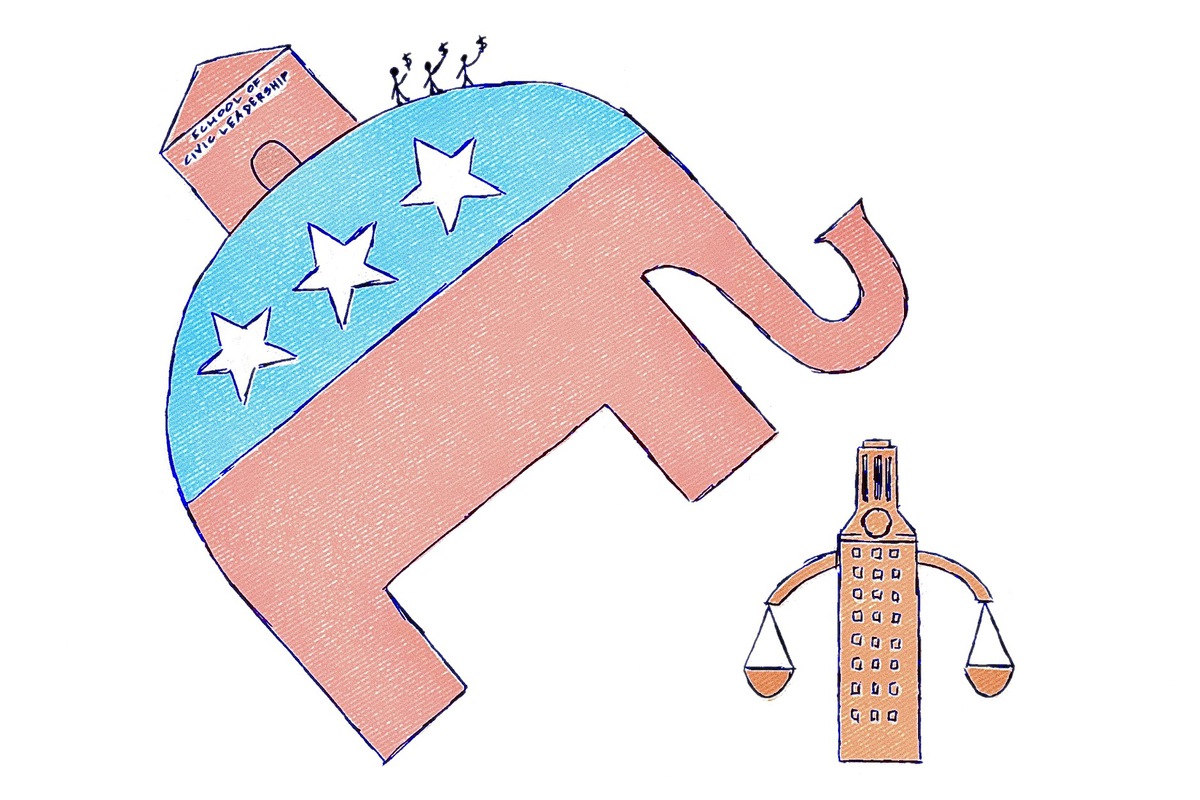Some Freshman Research Initiative labs on campus exceed the standard of normal coursework in that some students spend ten or more hours in lab a week and additionally have lab reports that take extra time outside of lab to complete. Students who only spend an average of five hours a week for their FRI lab, receive the same lab credit as the students who spent double or triple the time for their FRI. To offset this disparity, students in more intensive FRI labs should be compensated for their time by receiving more credit hours.
FRI is a collection of lab-based courses that give freshmen the opportunity to work under a research educator who teaches students the skills they’ll need to contribute to the lab’s research. These labs vary widely, covering a plethora of topics from observations of white dwarf stars to the determination of plant cell expression.
Having more strenuous FRI classes count for more hours will let incoming students selecting these labs know upfront that such labs have more work than three-hour FRI labs while also resulting in more accurate representation on transcripts.
One of the more time-consuming FRI labs, Virtual Drug Screening, has students in their lab for about eight hours a week, according to its research educator, Josh Beckham, with an additional two hours dedicated to out of lab work. Public health sophomore Medha Lyer said she would spend twelve hours a week in this lab doing work, and sometimes even eight hours a week outside of lab.
"The time depends on how much you actually want to learn the material because I was interested in learning it too,” Lyer said. “It’s a good lab to learn in so that’s why I like spending more time in it. It’s helpful.”
Even though Lyer may have spent more time in lab than other students in her class, the amount of work students do in this lab is higher than the average FRI lab.
“I think if it were to be a four credit hour class, it would be more fair because there is a huge disparity between how much time and effort is needed for different FRI labs,” Lyer said. “They really do have different requirements and they don’t really tell you that in the beginning.”
Beckham thought that students get intangible benefits from being in these more rigorous FRI labs which makes the extra time worth it for students.
"You have a lot more support from the research educator and the mentors and you are potentially getting a lot more valuable learning from it compared to a regular lab class where you are just doing a bunch of ‘cook book’ lab procedures,” Beckham said.
Every class has its own intangible benefits, but there also needs to be tangible compensation for the work students are doing so that student labor isn’t taken advantage of by professors. Professors need undergraduate help for their research but the process under which this relationship occurs needs to be fair to the students and not heavily favor the professors. This can be balanced out through the addition of more credit hours given to students for this work.
Hodge is a Neuroscience sophomore. She is a columnist.





















